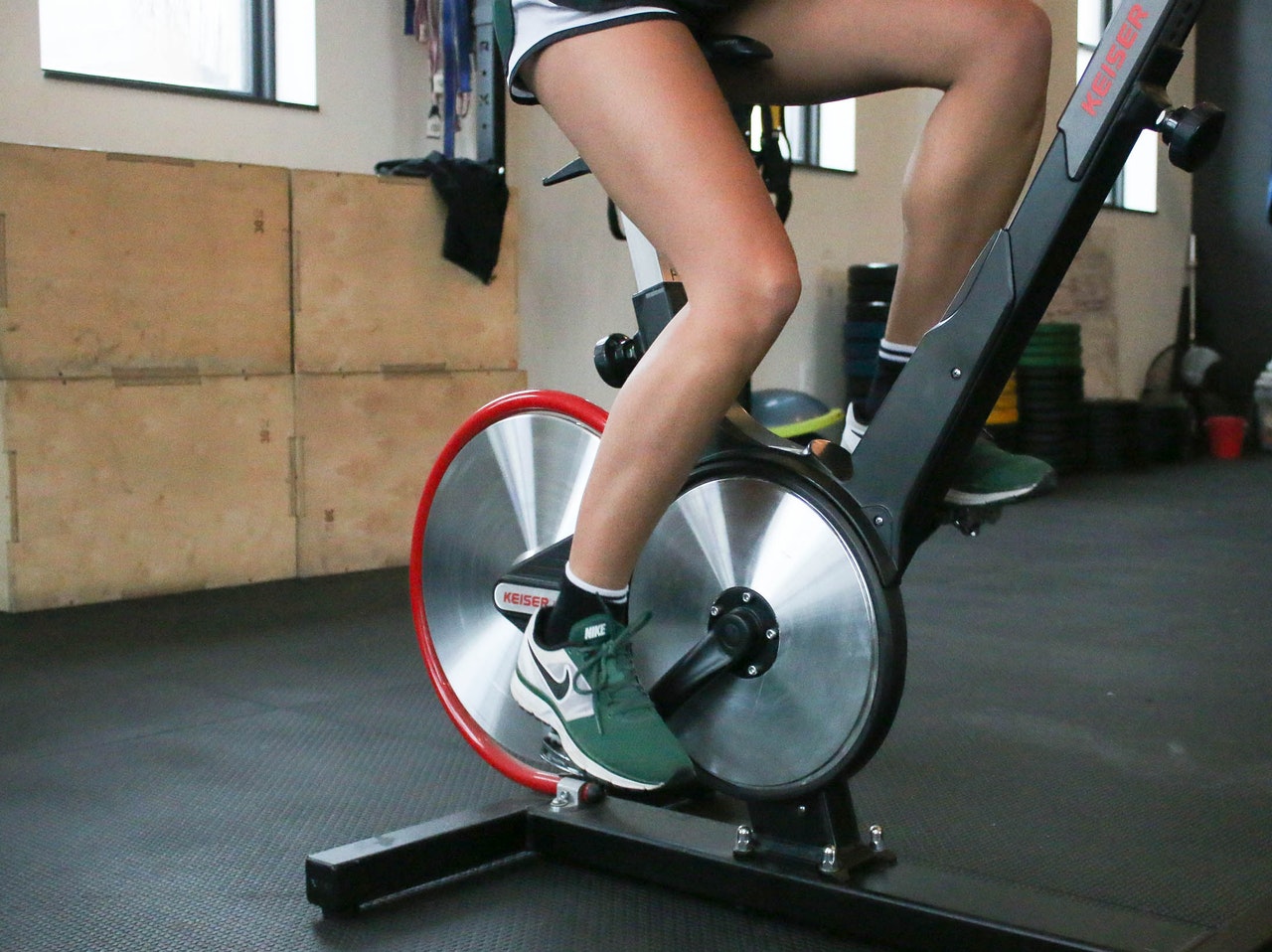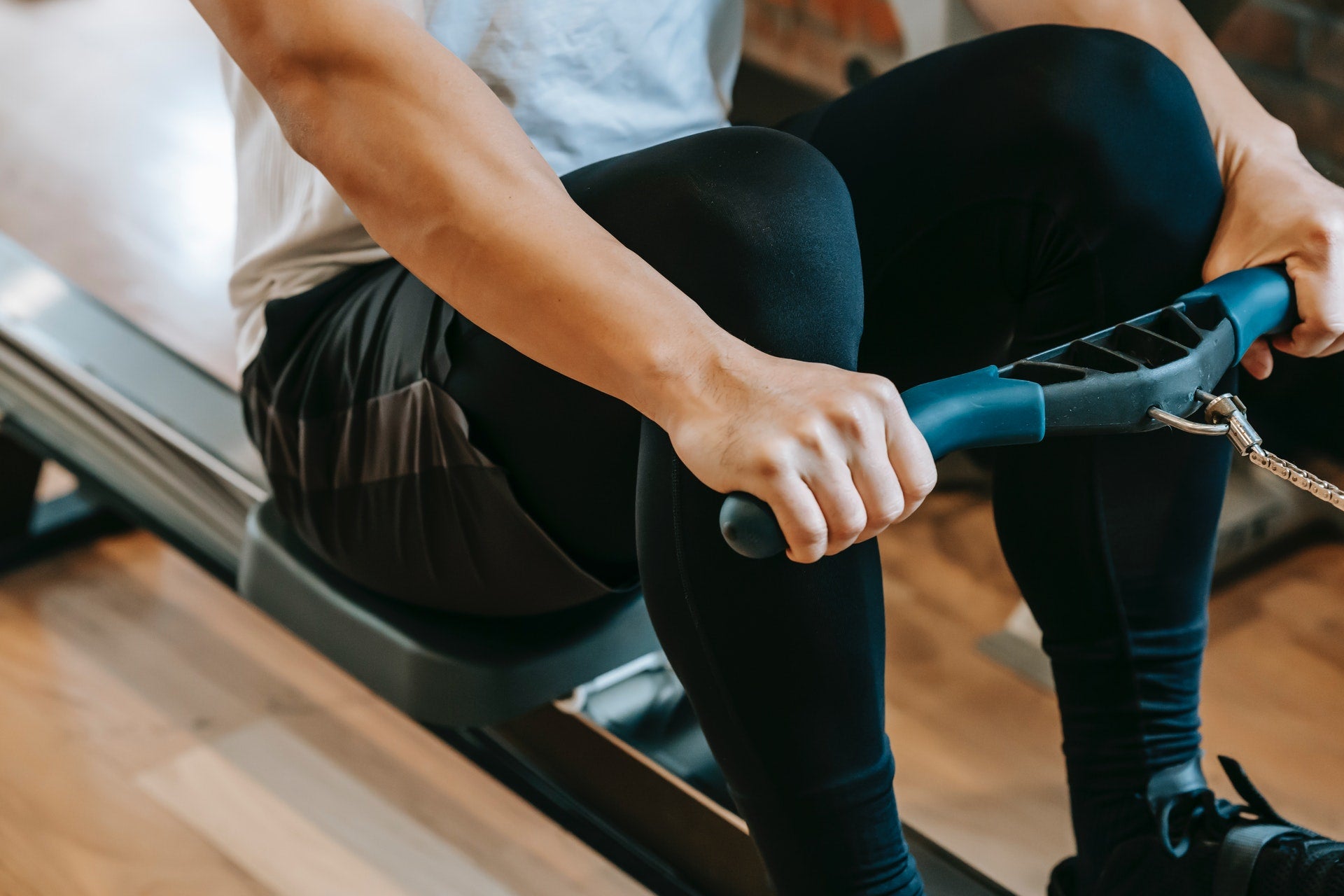Low impact refers to exercises that are designed to put little stress on the body. These workouts typically categorize cardio exercises, one of the most popular areas that gym-goers are focused on. For those of you who might be interested in low-impact cardio or new aerobic exercises in general, read more below to figure out which works best depending on your fitness goals!
Significance of Low Impact Workouts
Despite the misleading name, low-impact exercises are highly beneficial to your body and can sometimes be more effective than higher impact workouts as well. If you’re relatively new to exercising and only expect results from high-intensity training sessions like running marathons and competing in triathlons, think again!
There are many cases where certain people might have pre-existing conditions or reasoning behind why they can’t participate in higher impact activities.
Just because an activity categorizes itself as low impact doesn’t mean that you cannot find beneficial takeaways from participating in such workouts. Consistently performing moderate-intensity exercise will aid people in obtaining health goals like reducing the risk of heart disease, joint pain and maintaining a healthy weight.
The Center for Disease Control (CDC) recommends about 150 minutes of moderate-intensity aerobics per week, complemented by strength training, flexibility and balance.
Benefits of a Low Impact Workout
Exercising, in general, is extremely beneficial to your overall lifestyle, and low-impact exercise follows this belief to a tee. It can have a positive impact on your body and your brain! Low impact workouts are excellent ways for people to build up their strength and endurance without putting heavy stress on their joints during the process.
Some active gym-goers may find strength training with very heavy weights; this will also help increase their body’s strength. But, with a much higher risk of potentially hurting themselves if they’re not properly trained on how to use the equipment.
Low impact exercises are also a fantastic way for people to lose weight. It’s a common misconception that people think they must run endless miles per day and eat very lightly only to knock some pounds off of their body weight. Although healthy eating and exercise do matter, it does not HAVE to be an extremely vigorous activity.
The human body burns fat and calories when its metabolic heart rate reaches 60-90 percent of its maximum; as a result, this pumps blood faster throughout the body, increases metabolism, and burns fat at faster rates.
Your cardiovascular health may also improve during low-impact exercises.
What Determines Low vs. High Impact?
Although a few metrics can precisely measure what makes up a low impact exercise, a common threshold to understand relative intensity is through something called the “talk test.”
Suppose you’re participating in some sort of activity that prevents you from forming fluent sentences without gasping for breaths of air in between. In that case, you’re participating in a higher impact workout.
However, if you are able to talk at ease during a specific exercise, this will qualify as low impact. Another way to measure this distinction is by defining low impact as less weight-bearing than its counterpart. This type of workout excludes running and jumping activities, which puts heavy pressure on the joints.
Instead of these heavily intensified options, try something more leisurely that will still get your heart pumping at an excellent rate. Yoga, pilates, and walking a round of golf are great alternatives that have very rare occurrences of negatively affecting people’s joints.
Choosing a Low Impact Workout
Even if you’re looking to begin a low-impact workout regimen or you’re just looking to get into a familiar exercise routine in general, make sure to talk to your doctor before you dive right in.
Although low-impact workouts are much gentler on the body than other exercise methods, people with arthritis, musculoskeletal injuries, and mobility problems should have a grasp on how to protect their bodies in the fitness center.
Like many cardio exercises in general, low-impact workouts have the ability to sporadically alter your routine and “shake it up” on any given day.
As long as you’re participating in some form of low-impact exercise, you’re likely going to notice the health benefits that go along with it. Some examples of low impact exercises that can be seen as alternatives to other methods include but are not limited to:
- Tai chi
- Dancing
- Tennis
- Swimming laps or water aerobics
- Roller skating
- Bodyweight training
- Rowing machine
- Ski Training
- Elliptical machine
Home Exercise
Adding onto the notion that low impact exercises are extremely interchangeable, some methods can be done at home.
It’s essential to make sure your exercise regimen isn’t distracting you from your life outside of the gym, and many people tend to choose the route of working out from the home to buy more time and make it as convenient as possible to get their sweat on!
Walking is one of the most common forms of low-impact exercises that we’ve previously touched upon already, but there are ways to customize it to fit your wants and needs. Although treadmills are built for this sort of thing, try spicing up your walking by going on a bike trail or mapping a route in your own neighborhood.
People find more enjoyment out of the walking/running paths they take when exercising, as it doesn’t seem as repetitive as moving on the same treadmill for an extended amount of time.
If you want to add intervals to your walking to increase your heart rate over time, you can walk up and downhills. Your pace can also be picked up at a moment’s notice depending on how your body’s feeling on a given day and over the course of your particular workout regimen.
Going off the same “workout from home” ideology, another fantastic low-impact exercise that many people can have easy access to is cycling. The mass majority of people have a general grasp on how to ride a bike in the first place; not to mention this is also an excellent alternative to get around transportation-wise and can be fluctuated depending on how far/fast you’d like to go on a particular day.
Like walking on treadmills, there are plenty of at-home bike exercise machines that accomplish the same task if you possibly don’t have the area or time to do so outside. Cycling is a fantastic way to get your heart rate going!
If you’re looking for a great at-home fitness machine to implement low-impact exercise into your daily fitness routine, look no further than Energy Fit’s Ski Row Air! This dual-function machine functions as both a rower and ski trainer, both of which can be used for low impact purposes and can fit in the confines of your own home.
Sources:
Easy Exercises | National Health Service
Living Healthier through low-impact exercise | The National Health
How much physical activity do adults need? | CDC
3 Kinds of Exercise That Boost Heart Health | Hopkins Medicine





Leave a comment
All comments are moderated before being published.
This site is protected by hCaptcha and the hCaptcha Privacy Policy and Terms of Service apply.